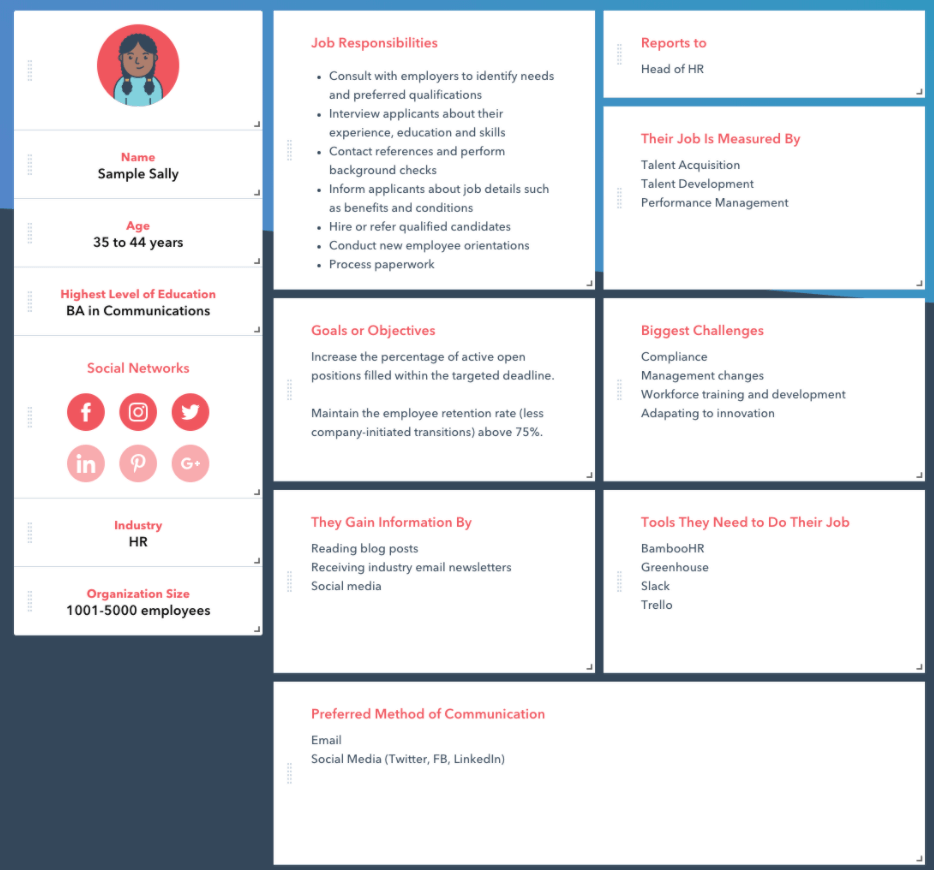Whenever you hear the phrase “product positioning,” you most likely associated it with a B2C market. This is common since most B2C products are tangible and more clearly defined, making them easier to position in a market and compare against competitors.
But even as a B2B company, your “products” still pertain to a specific mindset with your clients. So, the important question is, what is your positioning strategy doing about it?
The Top 4 Things to Keep in Mind for B2B Product Positioning
The Product Itself
Okay, this one might seem obvious, but many times it can be overlooked. If you don’t know your product inside and out, how will you position it effectively?
First, evaluate your “product.” Ask yourself these questions:
- What client needs does it fill?
- What is the top benefit? Does is provided additional features?
- How is it different from your competitors?
In a B2B space, ask the additional question of “How does my product better help other businesses?”. To fully understand your product, you must honestly consider why clients should purchase it. Once you break down and comprehend the who, what, why of your product, it will be easier to strategize your product positioning.
The Buyer Persona
Building a buyer persona can be done in 5 easy steps, but applying it to a B2B positioning strategy maybe a little more complicated.
Product positioning is an implementation tool under the STP model (standing for Segmentation, Targeting, and Positioning). This model helps marketers identify their most valuable customers and then develop products and marketing messages that suit them. This range of customers is then represented by a buyer persona, based on their behavior patterns, motivations, goals, and demographics.
Personas give you a better idea of the market and who your targeted clients should be. So when you’re developing your product positioning, you can have a better understanding of who your customers are and how your products fill their needs.

Your Competitors
Time to do some digging.
A deficient comprehension of your clients’ alternatives can make for a poor understanding of the market and who you are actually up against. You need to understand how your customers see your product against your competitors to impact how you market and position your product.
Know who your competitors are and, more importantly, study them — the good, the bad, and the ugly. Have an idea of what you’re up against. Then, combat it by providing the necessary, need-to-know product information in your sales spiel and marketing collateral, so clients have everything they need to make an informed decision. Would you rather your potential clients formed impressions of your product from your organization itself or a lowly Google Search?
The Market
Alongside your competitors, it’s also vital to evaluate the structure of your industry’s market. For example, let’s take a look at this perceptual product positioning map.
Perceptual mapping helps organizations visually analyze how their target market perceives their product. When creating a perceptual map, the axes should represent your customers’ criteria when buying products in your market.
Hypothetically, let’s say this graph represents your industry’s current market (dot size representing market share). Using your knowledge of client perception (either through surveys or one on ones), you’ve landed in what seems to be the center of your market. Looks a little crowded there, agreed?
When it comes to analyzing the market, it’s crucial to look at market gaps. Why? Because it’s where a potential market opportunity might lie. Gaps could mean untouched customers for your positioning strategy. However, market gaps should be taken with a grain of salt. Gaps can also exist because there is no customer need, or provides unrealistic financial means for an organization.
While market gaps can be up for discussion, there is one thing that is for sure — you need to know your market in order to have a successful product positioning strategy.
Need some help with your positioning strategy? Leave it to the experts. Drop us a line, and we’d be happy to help.




